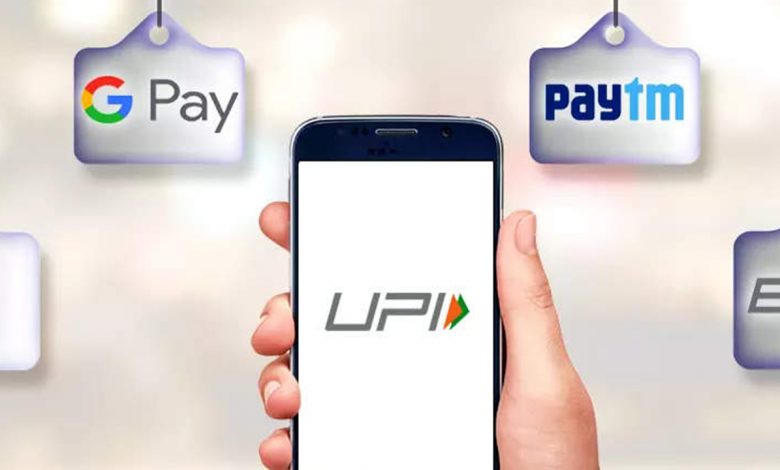
Context– Recently, the National Payments Corporation of India (NPCI) paved the way for international (phone) numbers to be able to transact using UPI.
Key Highlights
- The National Payments Corporation of India (NPCI) has allowed non-resident accounts like Non-Resident External (NRE) and Non-Resident Ordinary (NRO) accounts with international numbers into the UPI payment system.
- The facility is presently available for users from ten countries – Singapore, Australia, Canada, Hong Kong, Oman, Qatar, the U.S., Saudi Arabia, UAE, and the U.K.
Definition of NRE and NRO Accounts:
- NRE accounts are used by non-residents in order to transfer earnings from foreign soil to India
- NRO accounts are particularly used to manage income earned in India by non-residents such as rent, interest, pension, etc.
Benefits:
- The development allows the NRIs to use the UPI payment method for making utility bill payments, purchases from e-commerce platforms, and payments to physical merchants who accept UPI QR payments when they travel to India.
Technological Changes:
- According to the Head of Payments at PhonePe, a significant number of systems will need to start understanding the international numbers for UPI transactions as all the internal systems and banks currently only understand India-based mobile numbers.
Merchant Discount Rate (MDR)
- It is a charge recovered by the acquirer from the merchant to compensate the various service providers and intermediaries in the payment system.
- Currently, no such MDR charge is levied for RuPay-based debit card and UPI transactions.
- The NPCI has requested the incentivization of BHIM-UPI and RuPay debit card transactions in order to create a cost-effective proposition for ecosystem stakeholders, increase merchant acceptance, and encourage faster migration from cash payments to digital payments.
- Concerns:
- The lack of MDR charge has raised concerns among stakeholders over cost recovery for the services they provide.
- The Reserve Bank of India (RBI) and several stakeholders have expressed concerns about the potential adverse impact of the zero MDR regime on the growth of the digital payment ecosystem.
Unified Payments Interface (UPI)
- It is a system which powers multiple bank accounts into a single mobile application (of any participating bank), merging several banking features, seamless fund routing & merchant payments into one hood.
- UPI, that was introduced in 2016, has become one of the most used digital payments platforms in the country.
- The volume of UPI transactions has already reached ₹76 lakh crore in the current year, as compared to ₹41 lakh crore in FY21.
Advantages of UPI Includes
- Immediate money transfer through mobile device round the clock 24*7 and 365 days.
- UPI Enables Single mobile application in order to access different bank accounts with Single Click 2 Factor Authentication – Aligned with the Regulatory guidelines yet provides for a very strong feature of seamless single click payment.
- It features Virtual address of the customer for Pull & Push providing for incremental security with the customer not required to enter the details such as Card no, Account number; IFSC etc.
Where does UPI stand now?
- As of latest available data, 6,779.6 million transactions worth about ₹10.95 lakh crore have been facilitated using UPI.
- As per the DigiDhan dashboard maintained by the Ministry of Electronics and Information Technology, BHIM-UPI accounted for 52% of all digital payments in FY 2021-22, currently it stands at 59.74%.
National Payments Corporation of India
- National Payments Corporation of India (NPCI), an umbrella organisation for operating retail payments and settlement systems in India, is an initiative of Reserve Bank of India and Indian Banks’ Association (IBA) under the provisions of the Payment and Settlement Systems Act, 2007.
- It is a “Not for Profit” Company under the provisions of Section 25 of Companies Act 1956 (now Section 8 of Companies Act 2013), with an intention to provide infrastructure to the entire Banking system in India for physical as well as electronic payment as well as settlement systems.





.png)



